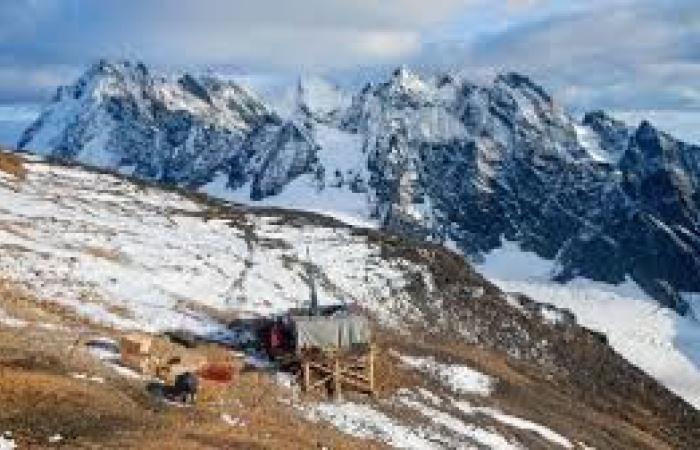Mineralization at the Bronson Slope is within and around a multiphase quartz-magnetite breccia pipe.
Seabridge Gold Inc. reported its first mineral resource estimate (MRE) for the Bronson Slope deposit at its Iskut project, in the Golden Triangle area of northwestern British Columbia.
These results are an intentional byproduct of our Porphyry Cu-Au exploration at the Bronson target, where drilling is focused on uncovering the source of gold and copper concentrations previously captured in a historic resource. The MRE incorporates drilling completed by previous operators and drilling completed by Seabridge since it purchased the project in 2016.
The resource estimate includes 114 diamond drilling wells, of which 25 were completed by Seabridge and the remainder by previous operators. Drill tests were subject to probability analysis and outliers were cut into lithological units and composed into 10x10x10 meter blocks.
Based on variography analysis, block grades were estimated by ordinary multi-pass kriging. The kriged block model was constrained within a conceptual open pit and sorted by distance to the drill hole data.
Seabridge President and CEO Rudi Fronk commented that they are pleased to confirm and expand the Bronson Slope resource.
He added that although it is not a material part of the total resources and is not a primary target, the Bronson Slope resource could play a valuable role in finding and developing the targeted Cu-Au porphyry source system.
“Our team is back on the ground seeking the knowledge provided by the construction of this mineral resource,” Fronk said.
Seabridge Gold noted that mineralization at the Bronson Slope resource lies within and around a multiphase quartz-magnetite breccia pipe. Within the breccia tube, directly above and above the margins, medium to fine-grained pyrite and chalcopyrite occur in veins and fractures with quartz and magnetite.
Further out and in the hanging wall, the sedimentary rocks of the breccia tube are intensely altered to quartz-sericite with abundant pyrite and subordinate chalcopyrite and localized concentrations of sphalerite-galena.
This pattern of alteration and sulfide mineralization is related to processes generated by an intrusion.
“And we believe that an intrusion into this environment will be a porphyry system containing copper and gold,” commented the Seabridge Gold executive.


